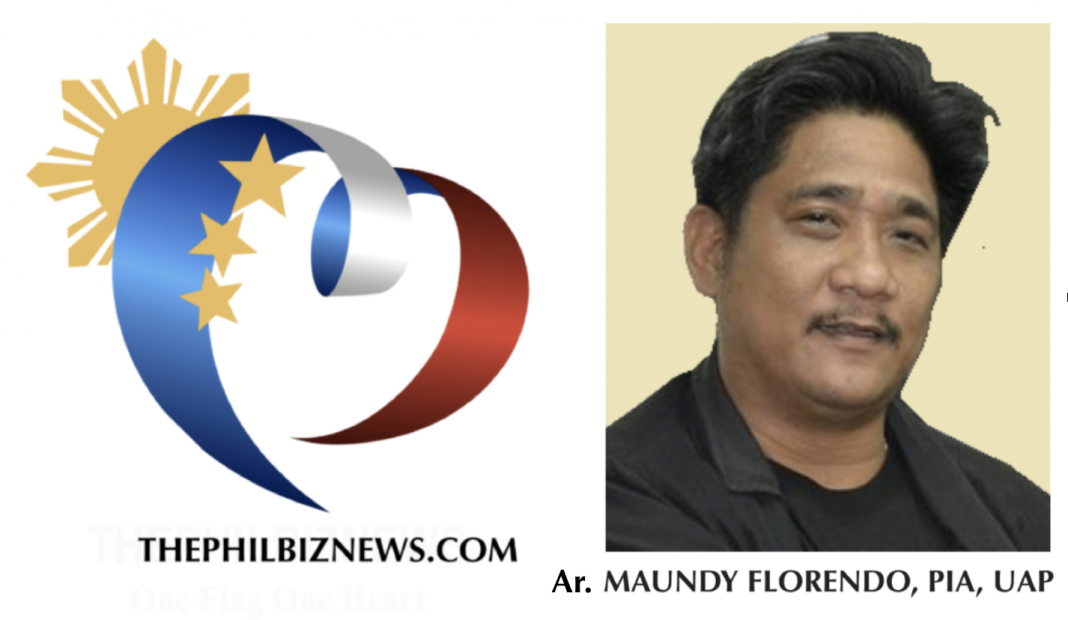SOGIE and Architecture
Sexual Orientation and Gender Identity or Expression (SOGIE) and architecture… is there any connection? Providing a special toilet for the LGBTQIA++… will it help in resolving the issue?
Let’s put it to a test. How many parents, nowadays, would put a pink dress on their baby boy? Or how many parents would let their little girl wear blue? A trade publication; “Earnshaw’s Infants’ Department”, published in 1918 had this to say:
“The generally accepted rule is pink for the boys and blue for the girls. The reason is that pink, being a more decided and stronger color, is more suitable for the boy, while blue, which is more delicate and dainty, is prettier for the girl.”
And all the while I thought that my favorite pink color was an issue. So how about painting the walls of a boys’ room with pink, and the girls’ room with blue? Would it ignite a revolution?
On sexual orientation, sex is very simple, male and female. It is the anatomical and physiological difference between a man and a woman. In architecture, it is providing facilities that would give them comfort considering such difference in physical needs and requirements. Urinals for the men and a special room for lactating women, although both use the water closet and the dressing room.
On gender identity or expression, the society recognizes the LGBT community. So LGBT stands for Lesbians, Gays, Bisexuals, and Transgender. But how about the Queer, the Intersex, the Asexual, and the Pansexual? Sam Killerman, an activist, artist, and free online resource author, who creates art, tools, and resources for global justice, identified in one of his online articles, more than a dozen gender orientations; agender, androgyny, androsexual/androphilic, aromantic, asexual, bicurious, bigender, bisexual, butch, cisgender, cross-dresser, demiromantic, demisexual, down low, drag king, drag queen, dyke, fag(got), feminine-of-center/masculine-of-center, feminine-presenting/masculine-presenting, femme, F2M/M2F, gay, gender binary, gender fluid, gender neutrois, gender non-conforming (GNC), gender-normative/gender-straight, genderqueer, gender variant, gynesexual/gynephilic, hermaphrodite, heteronormativity, heterosexual/straight, homosexual, intersex, lesbian, lipstick lesbian, metrosexual, MSM/WSW, pansexual, passing, polyamory/polyamorous, queer, questioning, QPOC/QTPOC, same gender loving (SGL), skoliosexual, stealth, straight, stud, third gender, Transgender, transman/transwoman, transsexual, transvestite, two-spirit, and ze/zir. This does not yet include the “Kink” as recently identified in the “Ms.” Magazine, and who knows what more the future will add to the list. Would we then term it as L2G9B4TQ3A5C2D6F5H4IM2P3S5T6ZK++?
But kidding aside, whether or not these terms pertain to varying identities is not the issue. The point is, regardless of whether or not there is a law, and regardless of sexual or gender orientation, the architect is trained to be sensitive to the emotional and psychological requirements of ALL persons. Men, women, senior citizens, PWD, and the LGBT+, including their social behavior and cultural practices. Psychology of architecture dictates that each individual have unique preferences and level of acceptable comfort. This makes the work of an architect more challenging because each building s/he designs is based on who will be using it and their specific requirements and preferences, which includes sex and gender. It is the job of the architect to study carefully the requirements for space of each building user and come up with architectural concepts and design that will effectively respond to such needs. The “HE” and “SHE” toilets, for instance, have now an additional “PWD” to respond to the needs of the persons with disability and the older people. An architect can create this idea even without the Batas Pambansa bilang 344 or the law that enhances the mobility of persons with disability (disabled persons). And even before the onset of the SOGIE bill formulation, some structures already have “gender-neutral” toilets. Architects are trained to create and respond to people’s needs. With or without laws.
SO Go ahead and Introduce more Exciting challenges… the ARCHITECT will be ever ready to respond.














